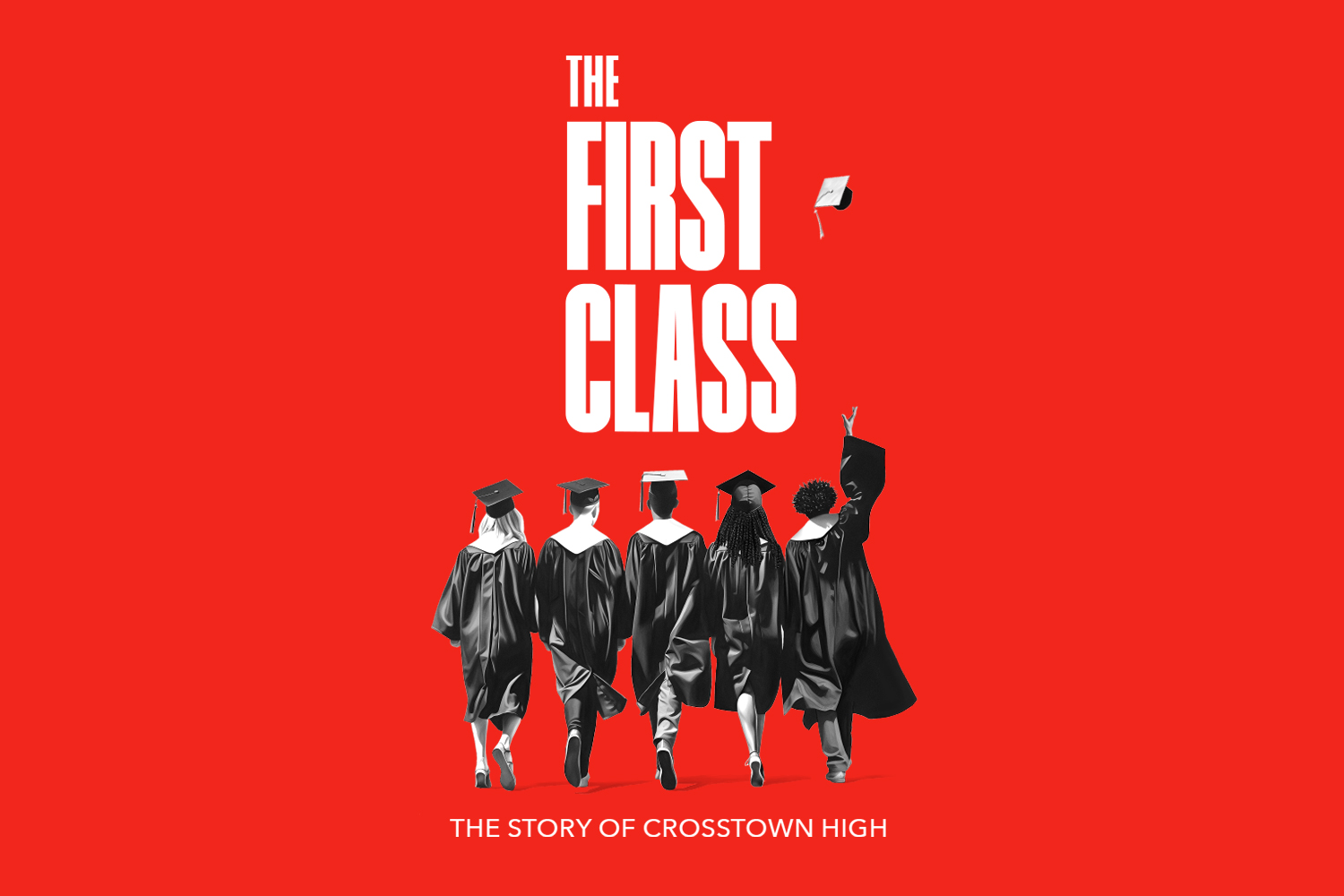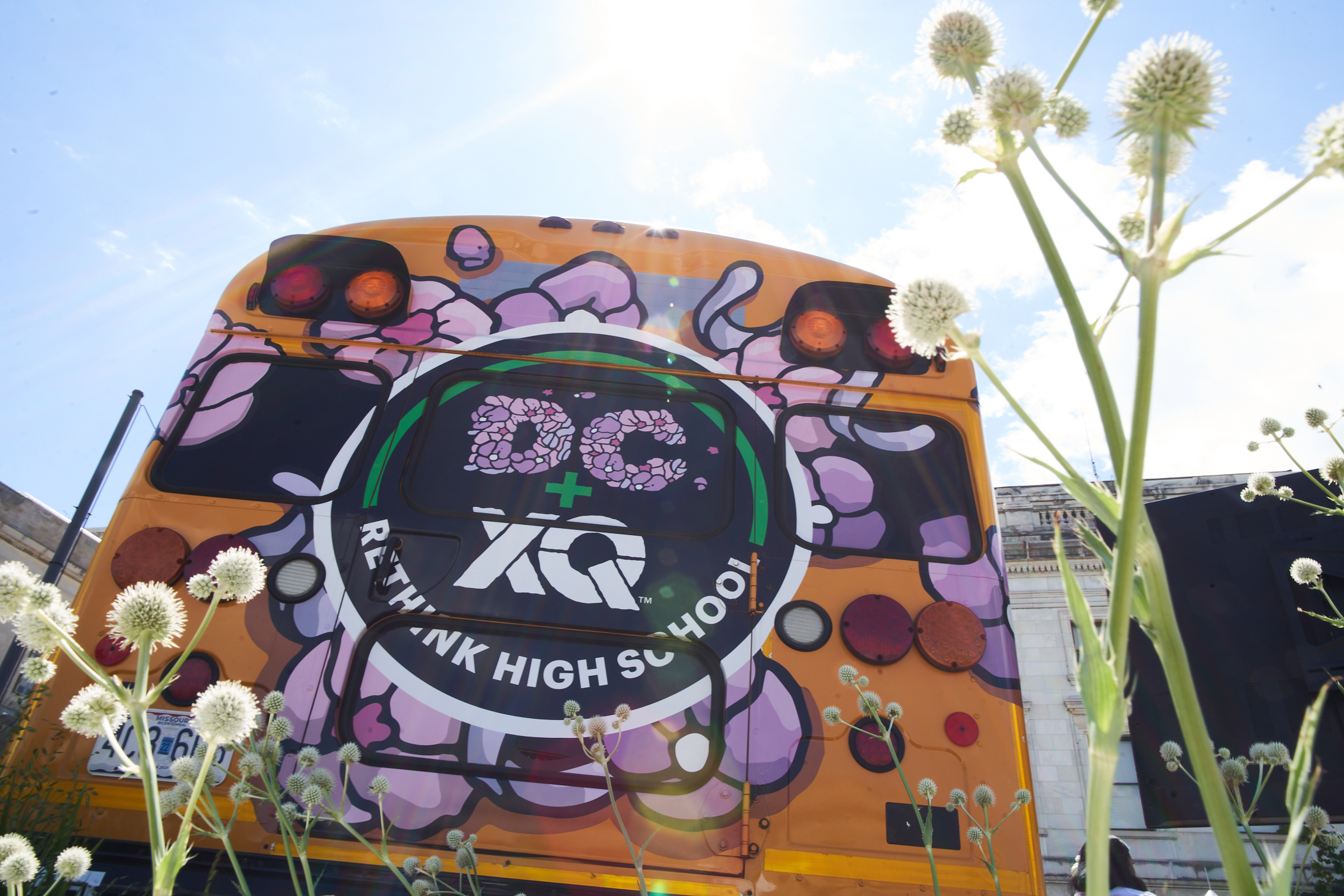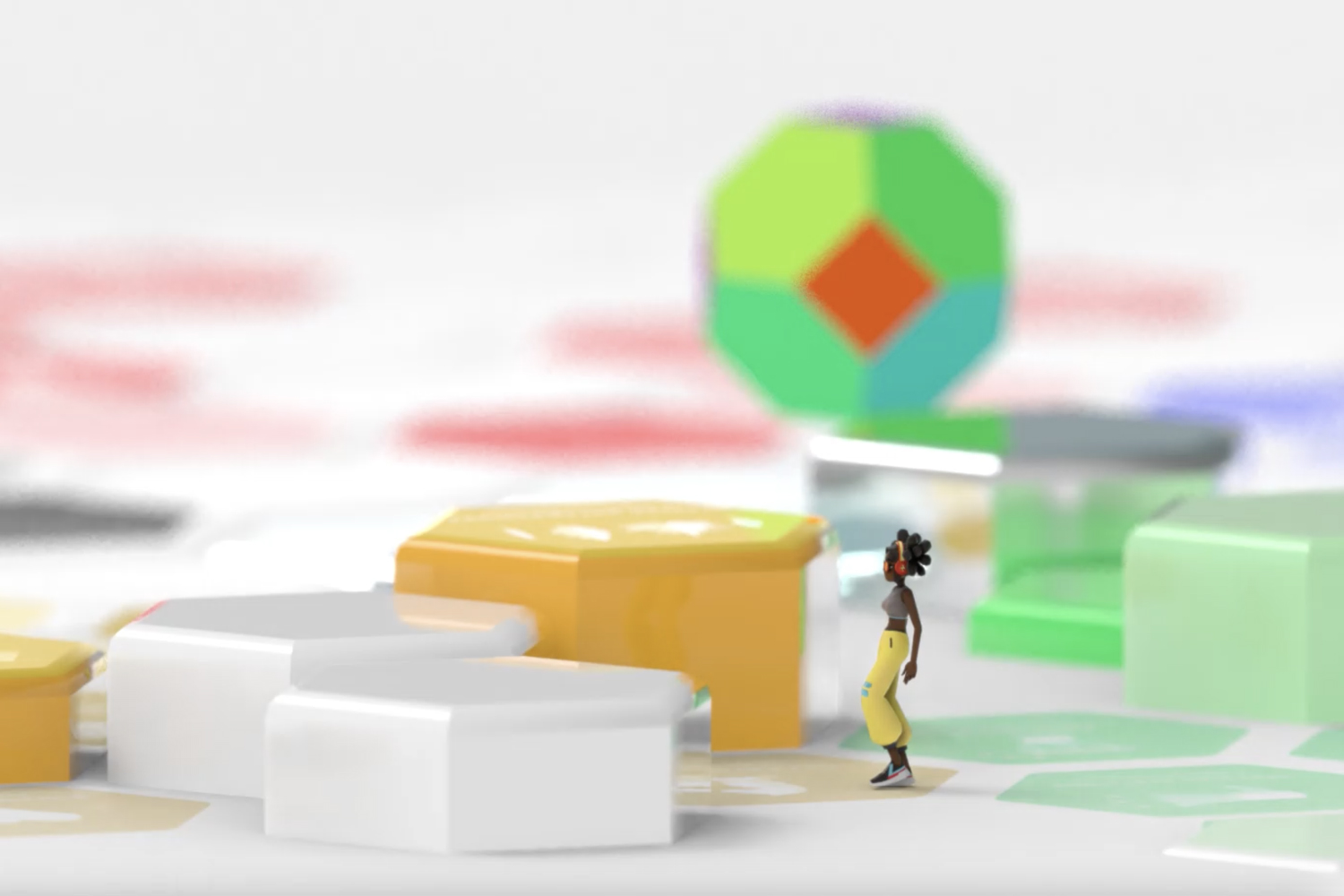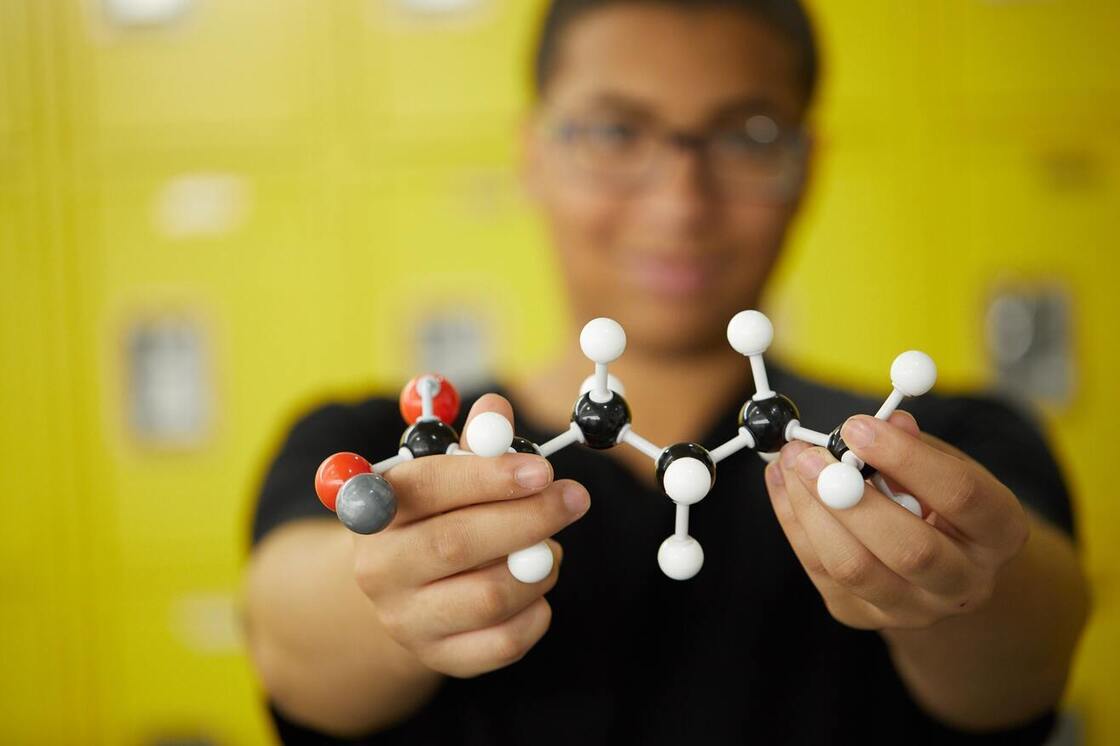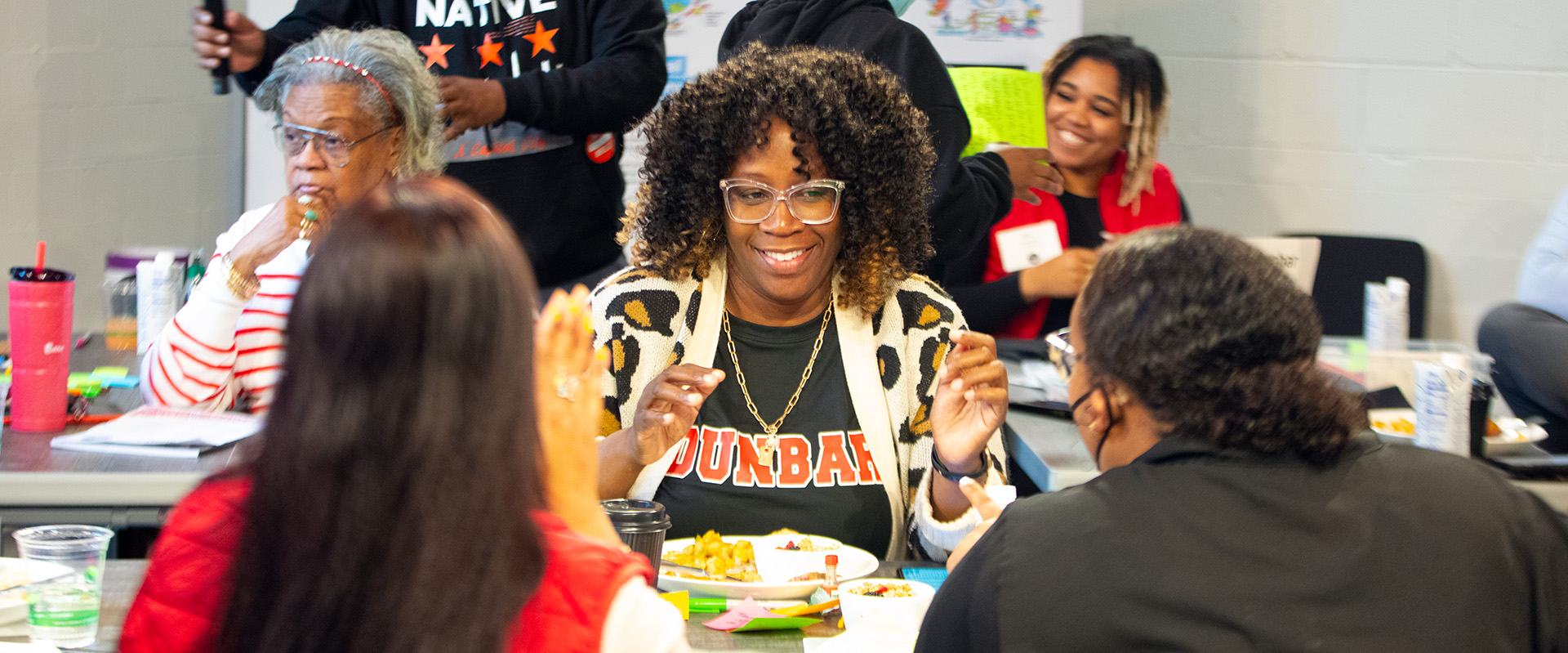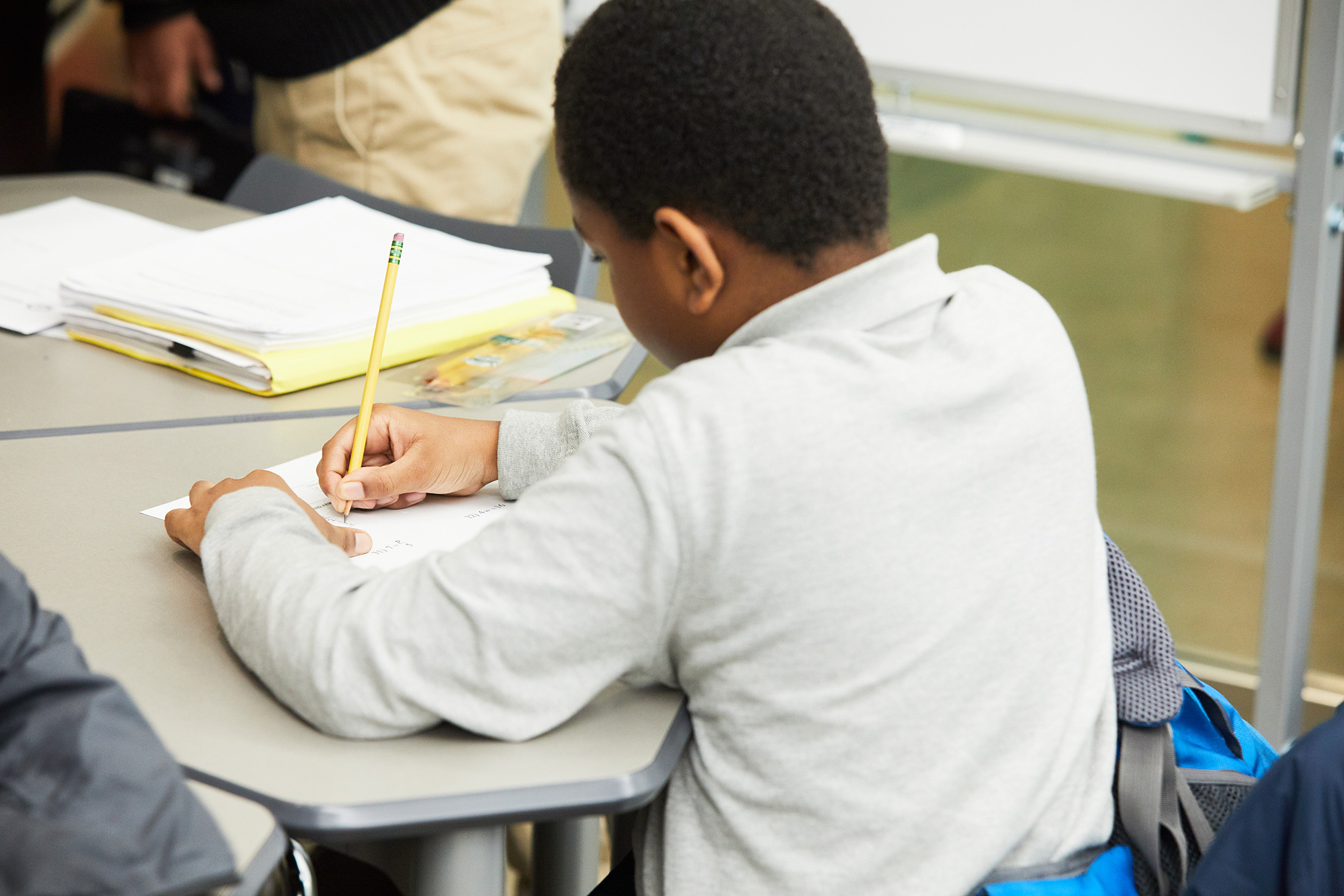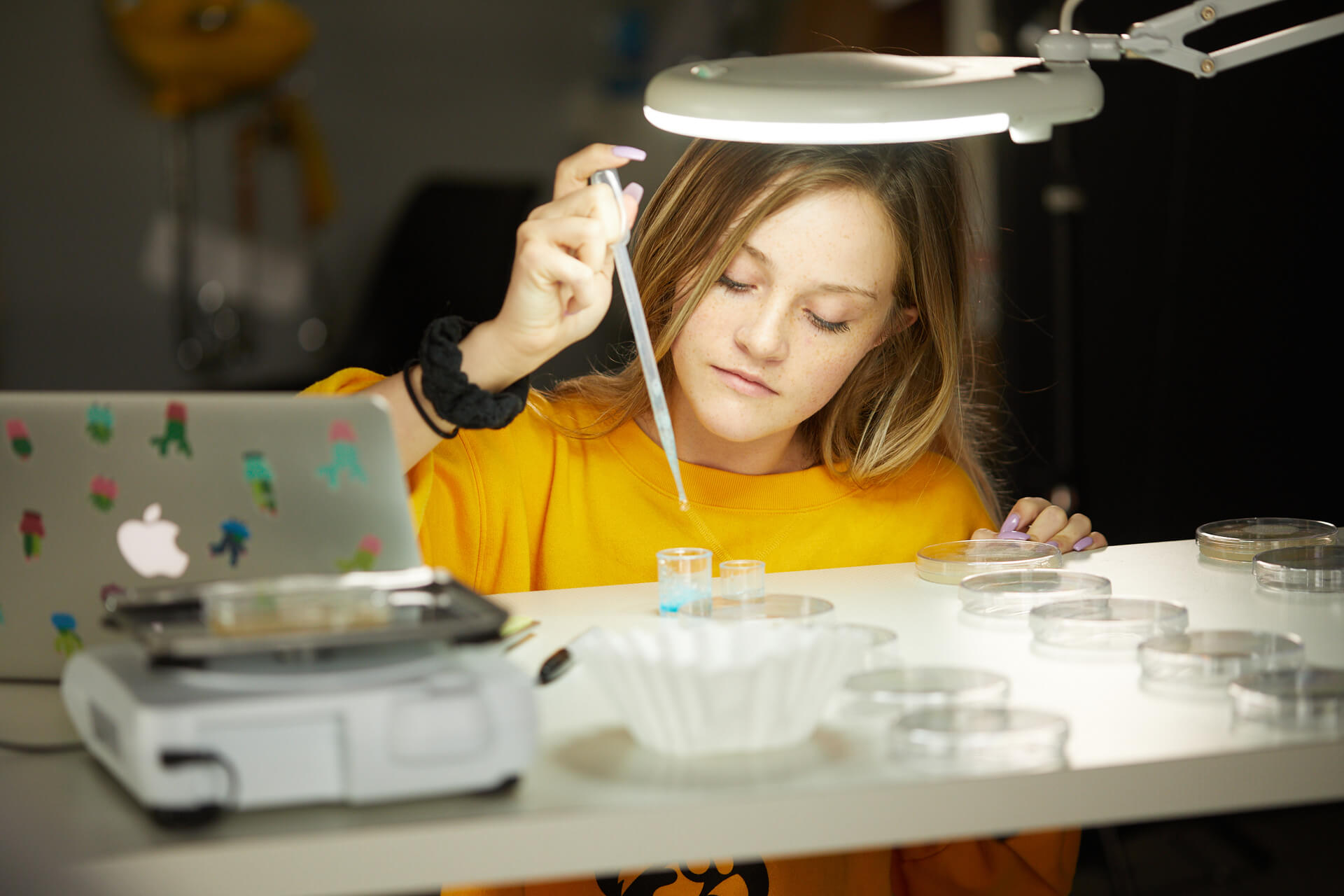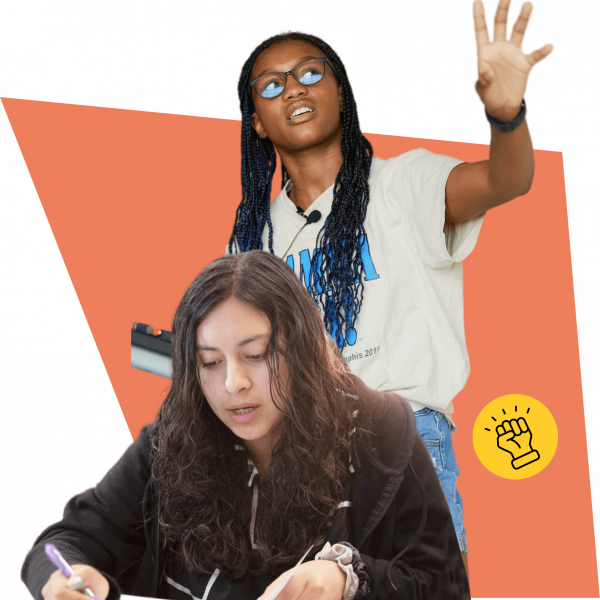Cultivating your community lead classroom
Want to build community in your classroom? Here are 5 resources to strengthen relationships in your school.
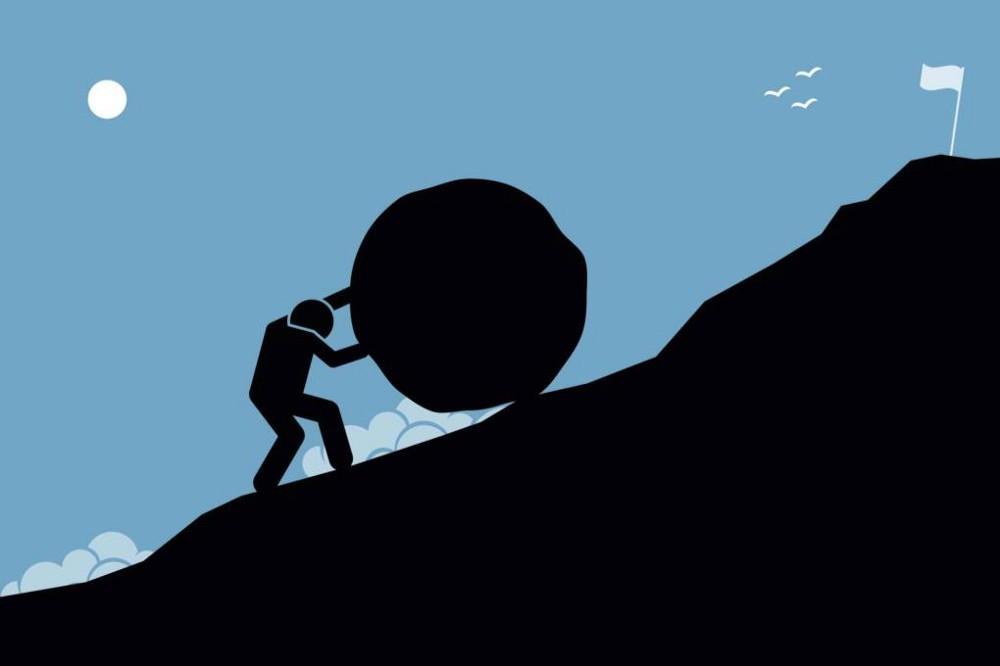
Watch: Classroom community builders.
Teachers know it and research proves it — classrooms that foster a sense of community lead to better outcomes. Acknowledging this, Edutopia offers this great list of 10 powerful community-building ideas organized by grade level, complete with video examples. A small investment of just a few minutes can lead to big results. We love the “Appreciation, Apology, Aha” activity for this reason. “Appreciations and community recognitions can go a long way toward building bonds,” explains Aukeem Ballard, an educator with Summit Public Schools in the San Francisco Bay Area.
Try: Cultivating your own resilience.
“Change is a given; how you respond is within your control.” That’s the main point of a recent Mindshift article that challenges teachers to cultivate their own resilience to prevent burnout, emotional fatigue, and classrooms filled with toxic stress. “Simply put, resilience is how we weather the storms in our lives and rebound after something difficult. The most important thing to know is that you can increase your resilience; it’s a set of adaptive behaviors.” But how? The key is being observant and reflective. It’s hard to do in the moment, but “between stimulus and response there is a space. In that space is our power to choose our response. In our response lies our growth and our freedom.”
Watch: What happens when you start with compassion?
You’re probably familiar with the adage, “The best classroom management strategy is an engaging lesson plan.” But, educators know, this doesn’t always work. For those moments when students are disengaged or act out, experienced educators have learned that compassion is far more successful than relationship-damaging strategies such as public punishments and posturing. Ki Sung offers seven compassion-based classroom strategies from teacher Grace Dearborn’s classroom, like: avoid standoffs, visual cues, and what she calls “the gentle press.” Her best advice? Look for the best in students, keep a compassionate frame of mind, check your own assumptions. Overall, “aim to build students up rather than tear them down.”
Try: Connecting school to the world today.
Over 2,000 students responded to a New York Times challenge to “connect what you’re learning in school with the world today.” The result is 53 creative ideas that draw on op-ed pieces and articles in the Times on timely topics like climate change, race, class, identity, and more. Did you know the Times runs contests for teenagers all year long?
Watch: Focus on feedback.
Friends, we trust that you’ve heard “timely and relevant” are the two most important things when it comes to student feedback. But did you know that’s not enough? According to learning science, even the most timely and relevant feedback can still be ineffective, or even harmful. In this short video, educator Mike Fauteux shares the ways in which feedback evolved in his classrooms. In this Q&A posted by the Learning Accelerator, you can find Mike’s insights on the latest research, as well as ideas for how blended or personalized practices in a classroom can support timely, relevant, specific, and safe feedback for student and teacher decision- and meaning-making. Look for more learning science insights to inform your practice in the IgnitED research series from the Learning Accelerator.
X-tra from XQ
Powerful learning is a relational act; it never occurs alone. Why, then, do we expect our teachers to hone their craft in isolation? These are some of the questions explored in the latest video featuring XQ School Crosstown High. In episode three of the six-part series, Diverse by Design, we meet two of Crosstown High’s inaugural class of teachers and learn why they believe that co-teaching is the only way to go. So be prepared: their perspective may change the way you think about the future of learning — and what it will require.

